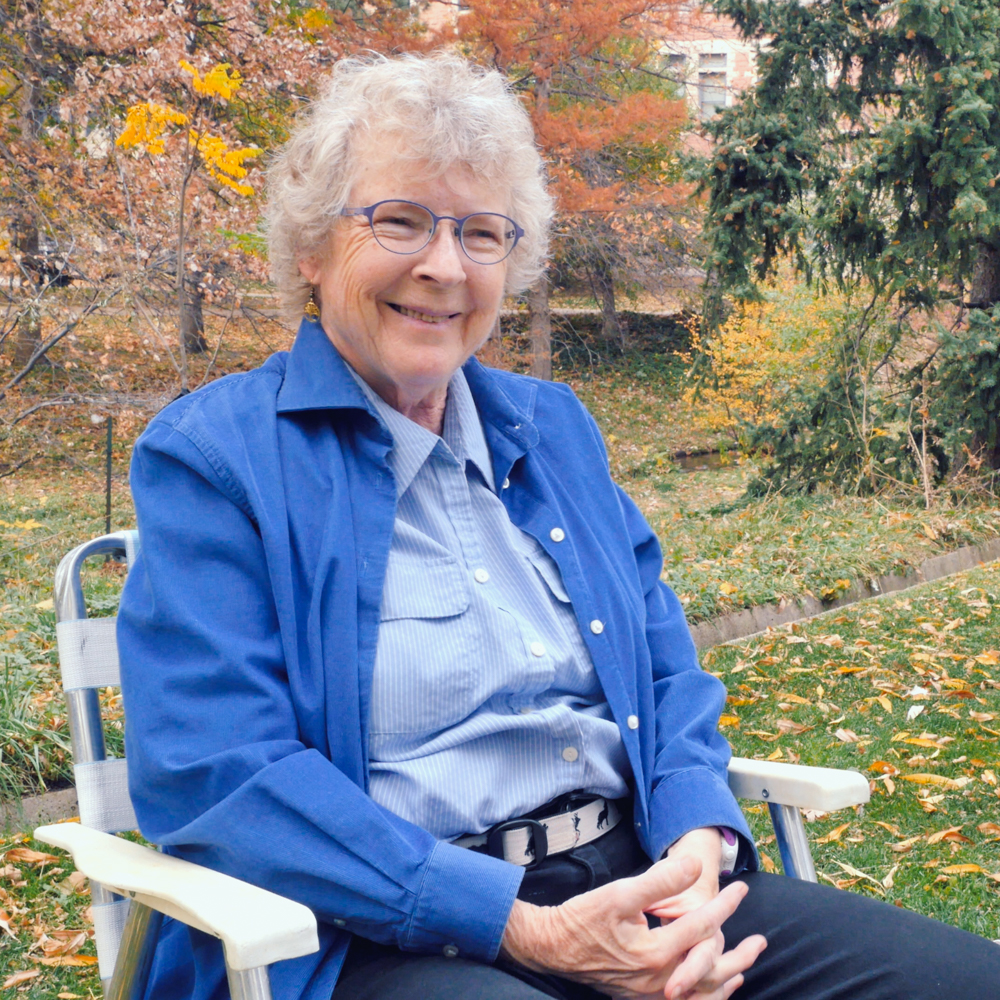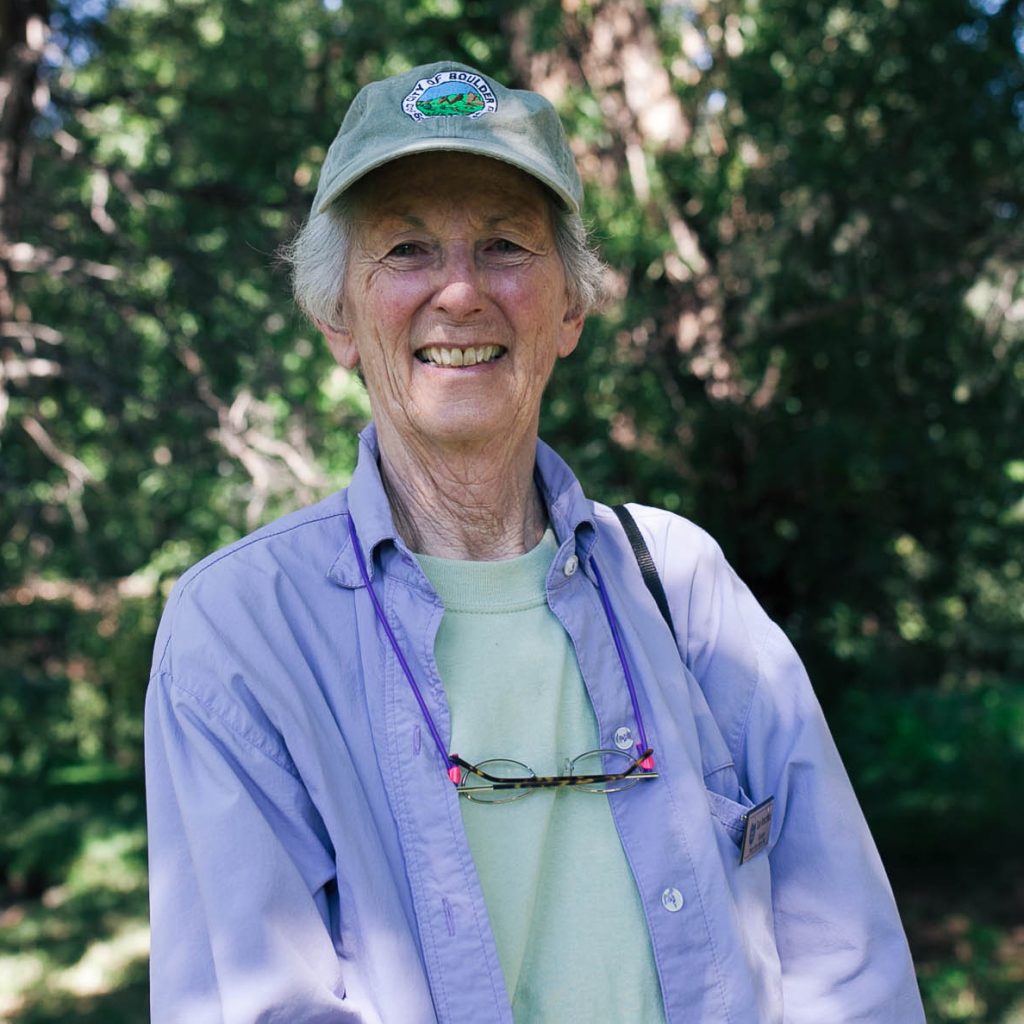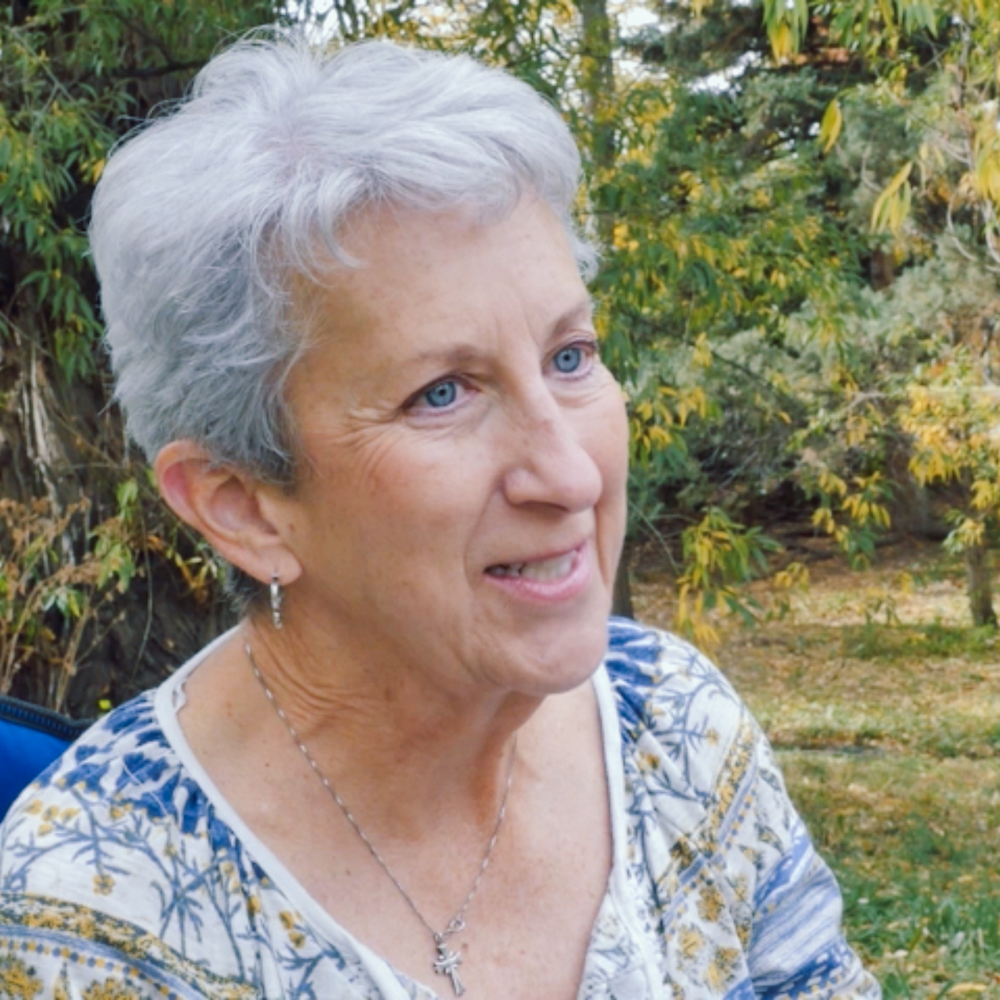What do you call a person tasked with babysitting a black bear? A bearsitter.
If you’re not familiar with the term “bearsitter,” this might sound like a joke… but in reality Boulder’s bearsitter program is one of the most unique and valuable wildlife coexistence programs Boulder offers!
When bears wander into Boulder’s urban areas, they sometimes end up in some pretty hairy locations that can be dangerous for both the bear, and nearby human communities. Take for example, a sow and two cubs that posted up in a cozy cottonwood tree for the day directly next to an elementary school, which eventually put the school on lockdown. Or, a young female bear that got a little turned around after being kicked out of mom’s den, and ended up in a resident’s tree in east Boulder, around the intersection of Foothills Parkway & US-36. Or another bear who wound up in a tree in between two college houses on a Thirsty Thursday night on University Hill.
Typically Open Space and Mountain Parks (OSMP) rangers and Colorado Parks and Wildlife (CPW) officers are the ones who would respond to scenes like these. Because the Boulder community has expressed its desire to safeguard local wildlife like black bears, these wildlife experts do their best to keep the animals alive and avoid taking any physical action. This, however, requires a bit of time and effort from a limited number of people.


A sow and her cubs spent the day in tree located next to an elementary school, which eventually went on lockdown to keep both the students & bears safe.
Pre-approved volunteers are trained for this role. Recruitment for this volunteer program is not open to the general public.
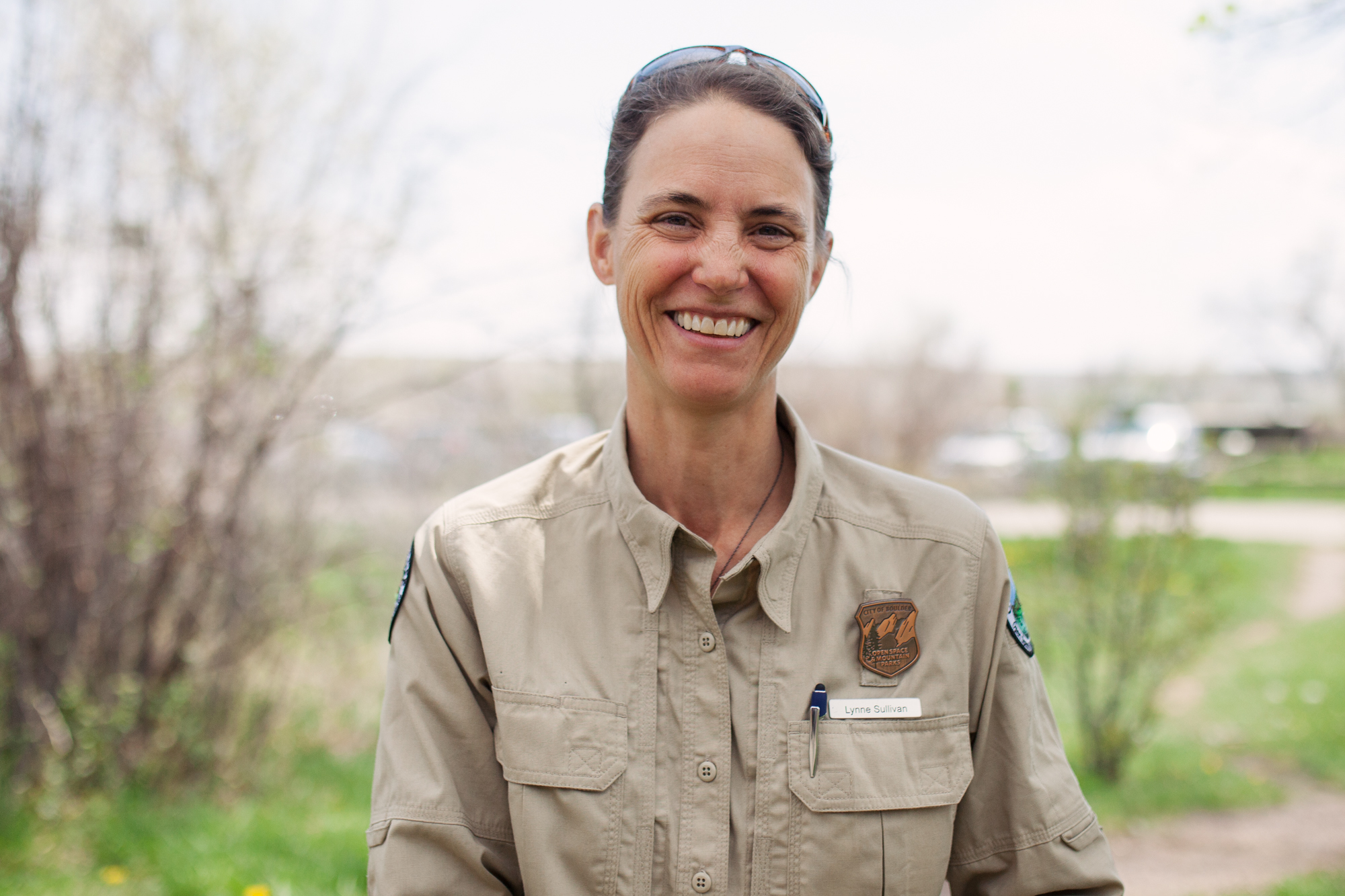
Lynne Sullivan, an OSMP interpreter, had previously worked as a ranger in Boulder, and knew how time intensive urban bear sightings could be.
As a way to give urban black bears a better chance at survival while freeing up the time of OSMP rangers and CPW officers, Sullivan created the volunteer Bear Sitter group in 2002.
So what on earth is a bear sitter, you ask? In addition to being literal bear babysitters, a major role of a bear sitter volunteer is to educate citizens about how to be safe with bears, and how to manage their homes and property to discourage bears from lingering in neighborhoods. When called for, volunteers may walk a neighborhood contacting the nearby residents to alert people to the presence of bear(s), and also serve as the eyes and ears for rangers and officers.
Team members are trained by OSMP and CPW staff in bear natural history and behavior, and coached in crowd management and communication, to have the appropriate tools and judgement to be responsive to the safety needs of each situation. It sounds like a glamorous program, but let’s be clear here: it’s no walk in the park. Being a bear sitter requires a firm understanding of the black bear species, confidence to act under pressure and make quick decisions, and volunteers must be extremely comfortable working with the general public and promoting safe actions.

Flatirons Elementary School was put on lockdown after a sow and two cubs spent the day napping in a tree next to the school.
What does a bearsitter do?
Having the opportunity to observe a wild bear is an amazing thing, but in addition to monitoring the animal, bearsitters are simultaneously taking direction from wildlife officers, assisting with crowd control, educating passersby, promoting coexistence, coordinating with other bearsitters, hazing the bears, documenting nearby attractants, and more … all to protect the bear(s) and keep residents safe.
Bearsitters arrive to the scene only after an OSMP ranger or CPW officer have deemed the area safe, meaning the bear is not acting aggressively and is likely up in a tree sleeping. The goal is to keep the bear in the tree until the sun goes down. During the day, there are far too many active threats for both the bears and people, so bearsitters want to keep the bear in a safe, contained location. While the bear is inactive, volunteers work with the wildlife experts to determine a plan of action for when the bear comes down at the end of the day. Generally the team will look for the best corridor for the bear to go back west to the mountains. If the bear tries to come down too early, volunteers will haze (wave arms, yell, make loud noises) the bear back up the tree. Once the sun is down, volunteers, officers, and rangers will strategically position themselves and encourage the bear through hazing techniques to go in the desired direction. The hope is that the bear will return to the mountains and remember how horrible we humans are, never wanting to return to town.
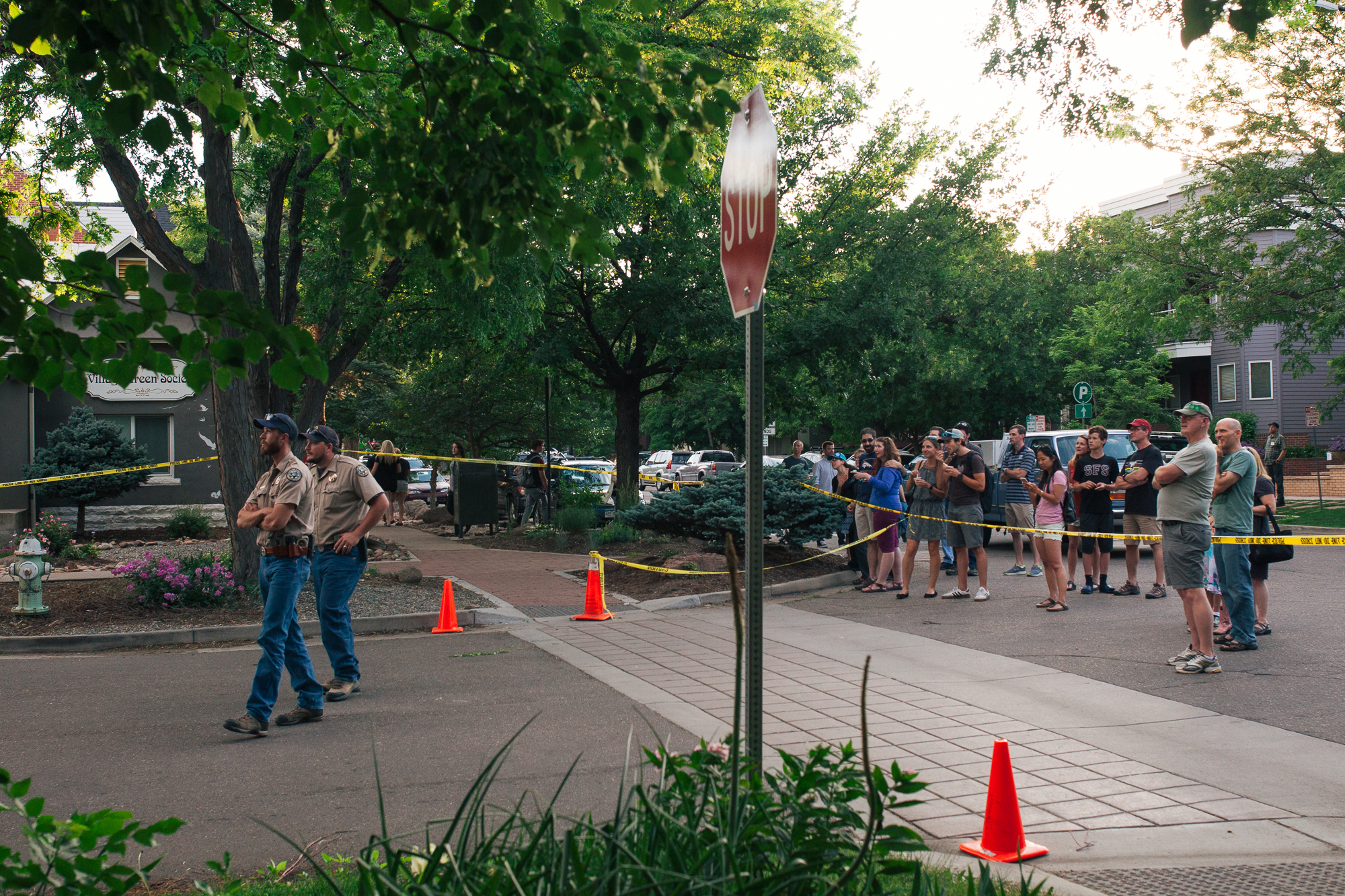
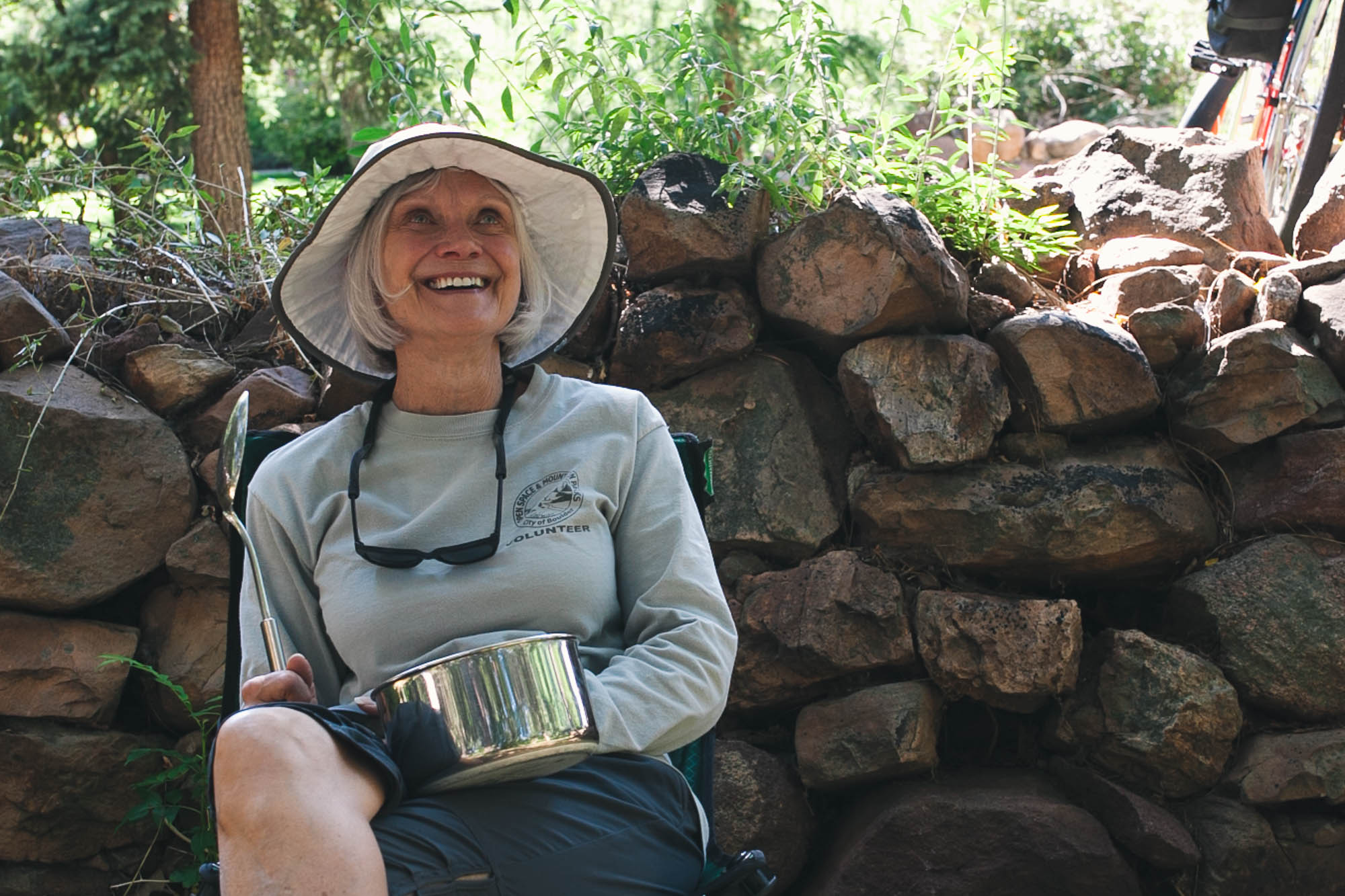
Top: Bearsitter volunteers assist CPW officers with crowd control for a bear that found himself in a tree next to the Pearl Street Mall. Bottom: Bearsitter volunteer Bev has her hazing devices (pots and pans) ready to go during a bearsitting event on CU campus.
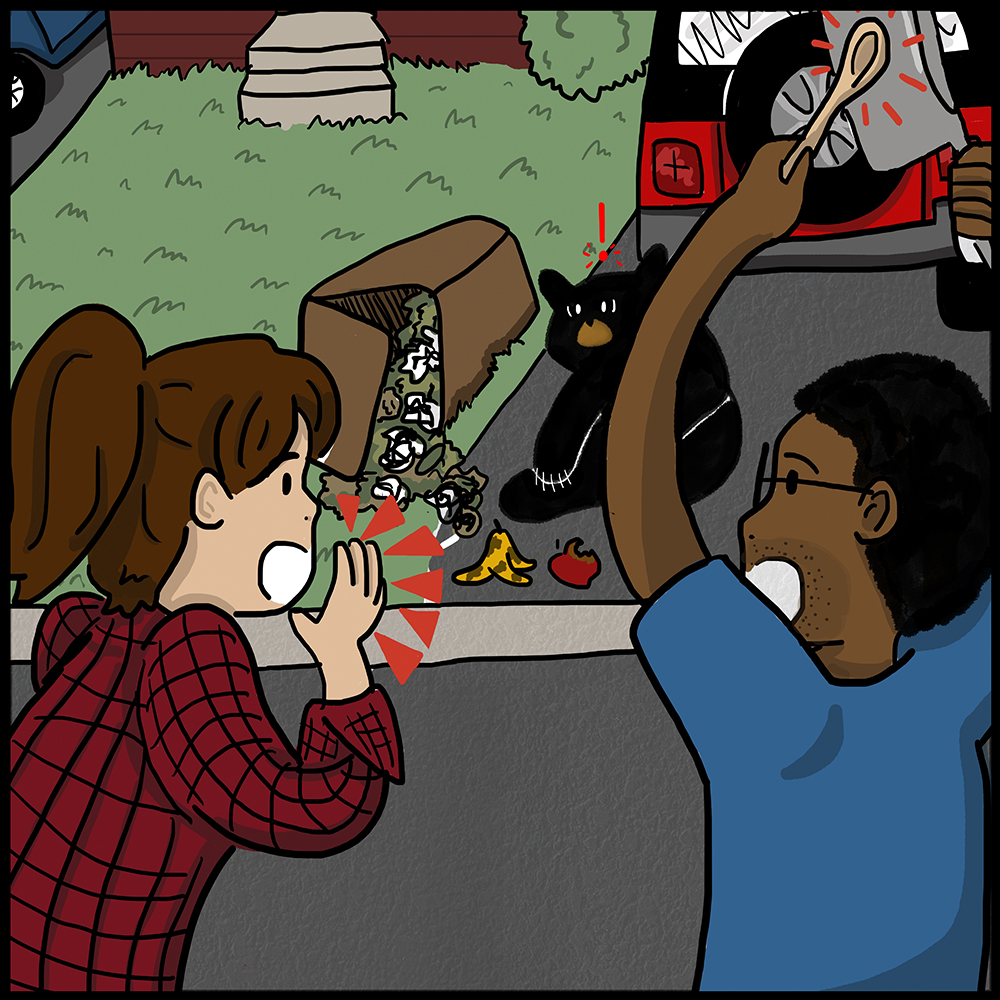
Hazing illustration by Carlyn Hill for the Bears & People Project
Hazing teaches the bears to maintain their natural fear of humans.
For those unfamiliar with hazing, the technique might seem mean, but in reality it’s a type of aversive conditioning that teaches the bears to maintain their natural fear of humans. The moment a bear views humans as non-threatening is the moment that bear injures a person, or requires lethal action be taken. If this program did not exist, wildlife officials might be forced to physically handle the bears more frequently. That’s important because any time a bear is handled (tranquilized and relocated), it receives a strike. Upon receiving two strikes throughout any location in the state of Colorado, the bear must be destroyed. Bearsitters are working hard to prevent any of this from happening, and residents can do their part by making their homes bear-proof and reporting any nuisance activity.


